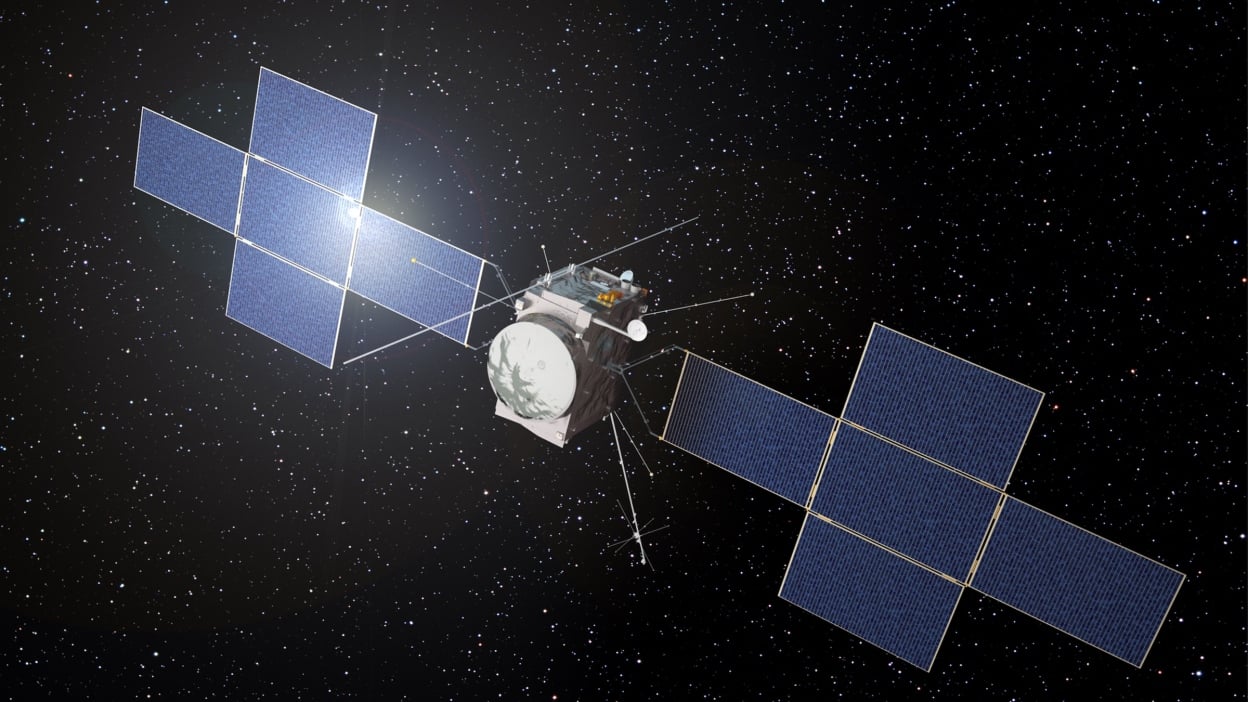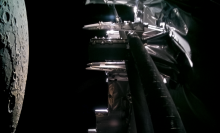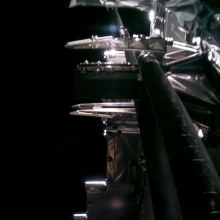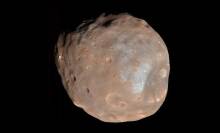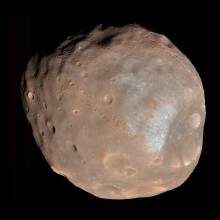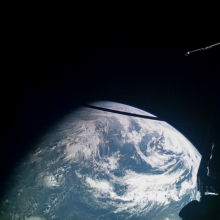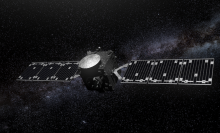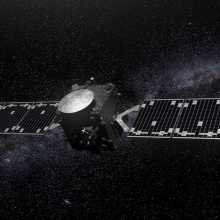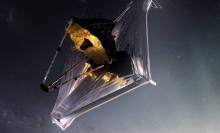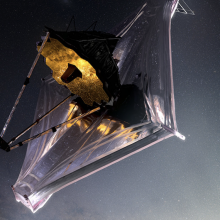We're small.
The Jupiter Icy Moons Explorer (Juice) spacecraft, barreling through our solar system, recently used Earth's gravity to slingshot to Venus. The spacecraft, now millions of miles away, has looked back home. We're floating in an unconscionably vast black ether.
"These two little marbles we call our cosmic home were photographed by Juice from over 5 million km [3.1 million miles], as the spacecraft waved us goodbye while heading towards Venus," the European Space Agency recently posted online.
That's Earth on the right, and the moon, about four times smaller, on the left. Even from such a distance, you can make out our planet's dominant clouds.
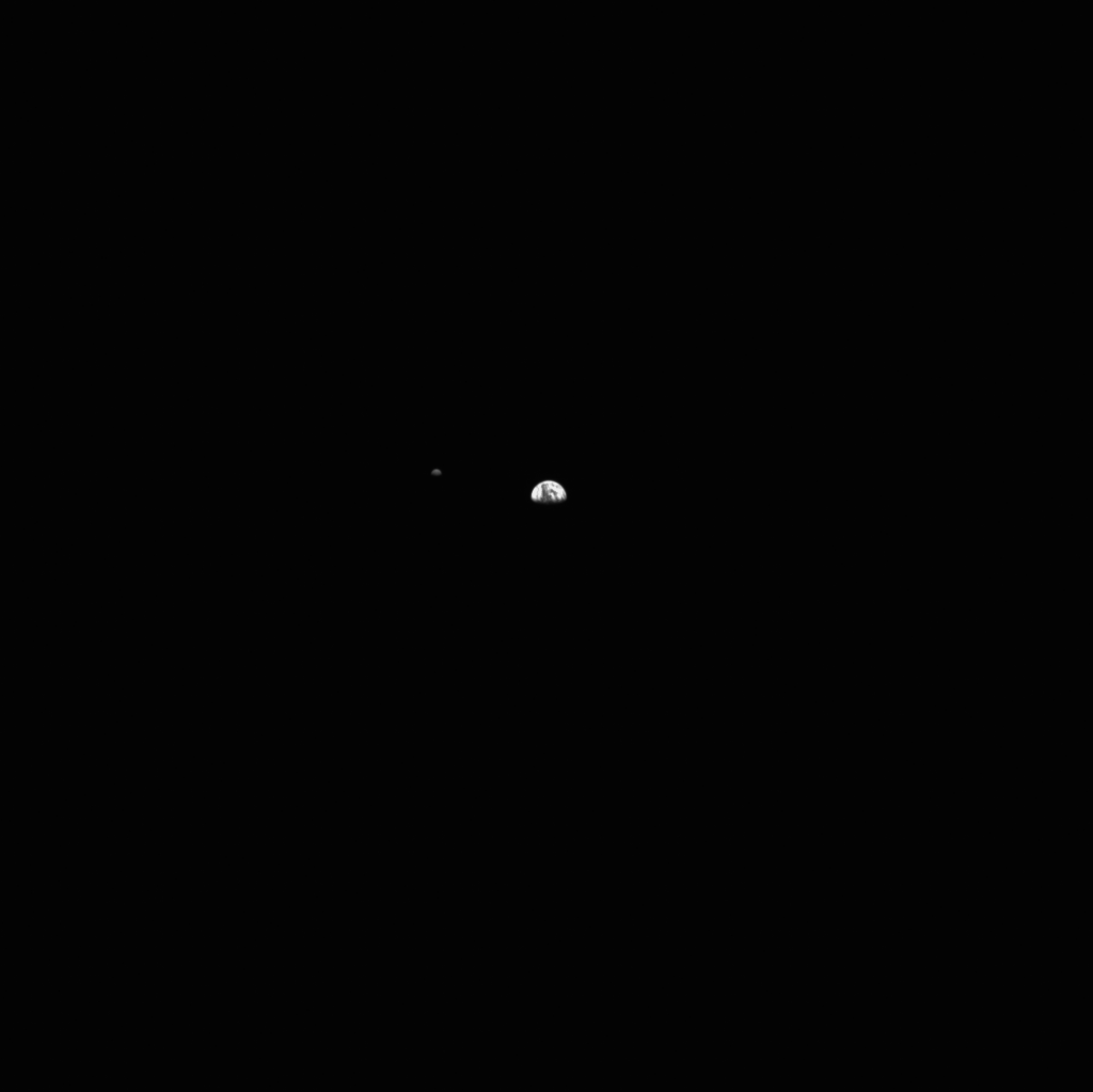
Tweet may have been deleted
Mission planners recently sent the craft by Earth and the moon to exploit our gravity as it zips through space. It will fly by Venus and then Earth twice more, picking up speed as it escapes to the distant, icy solar system. Juice's destination is the Jupiter region, where it will make 35 flybys of three of the gas giant's icy moons.
"This ambitious mission will characterize these moons with a powerful suite of remote sensing, geophysical and in situ instruments to discover more about these compelling destinations as potential habitats for past or present life," ESA said.
One of the spacecraft's targets, Ganymede, is the largest moon in our solar system — it's even bigger than the planet Mercury. Crucially, Ganymede is stretched and compressed by the nearby massive Jupiter, a process that generates heat (This happens on the ocean moon Europa, too.) "This heat could drive some tectonic activity and provide one of the necessary conditions for life to emerge: a source of energy," ESA explained.
Juice will continue to slingshot by planets in its endeavor to reach deep space. It'll arrive at Jupiter in 2031, but expect more planetary views on the journey there.
